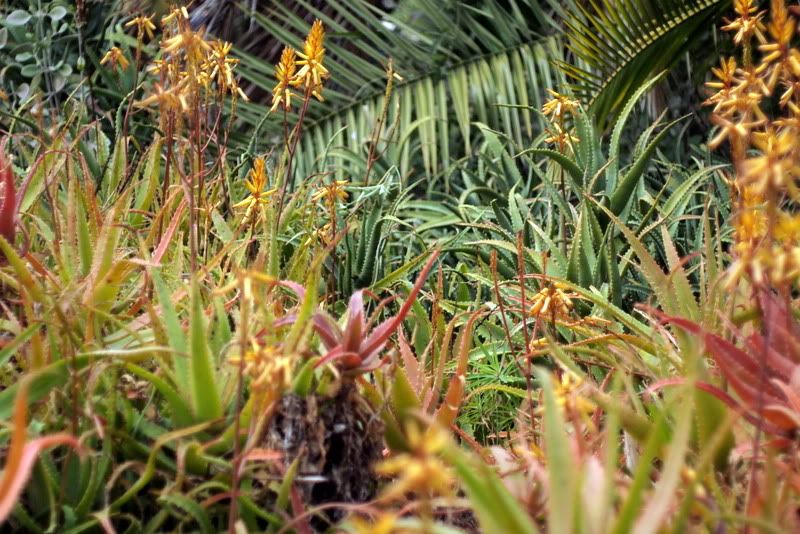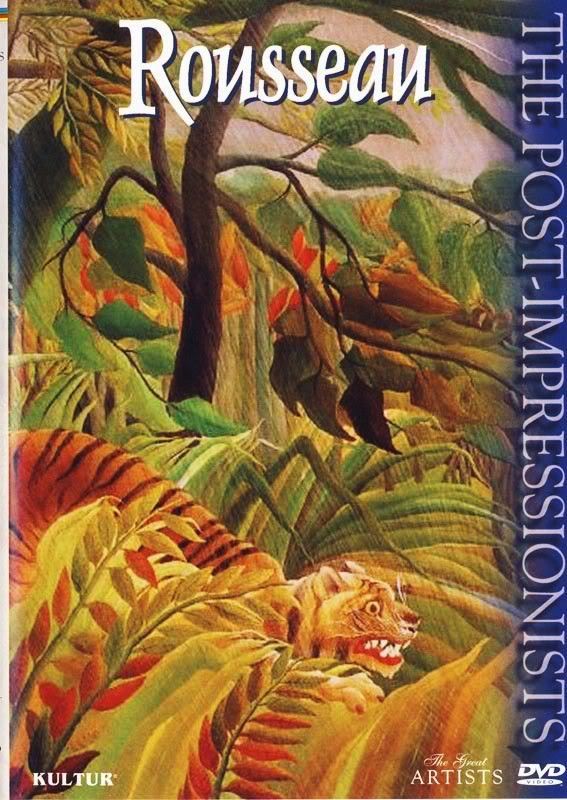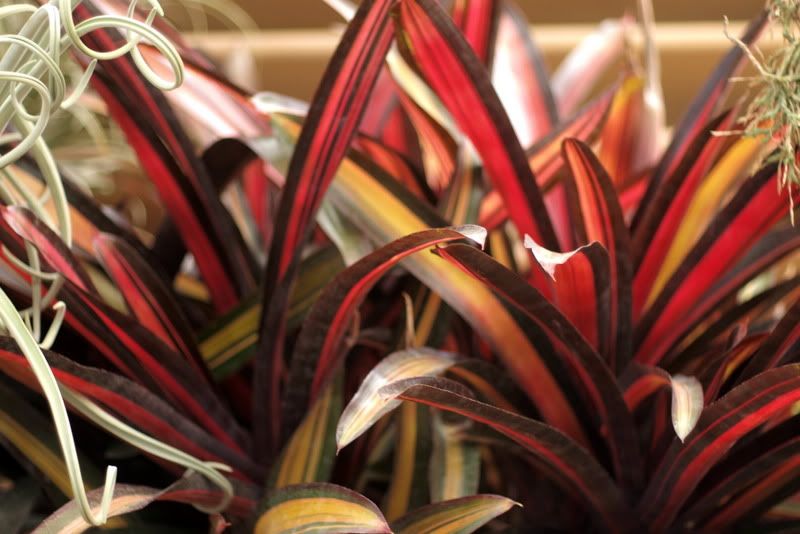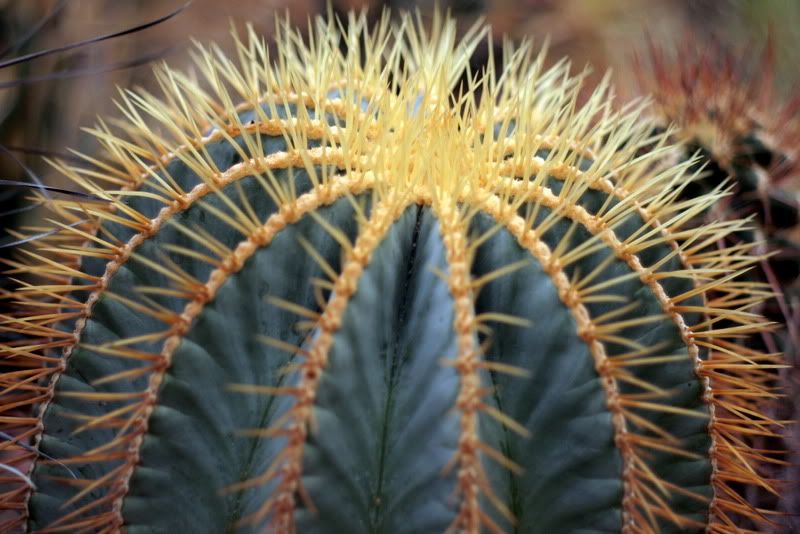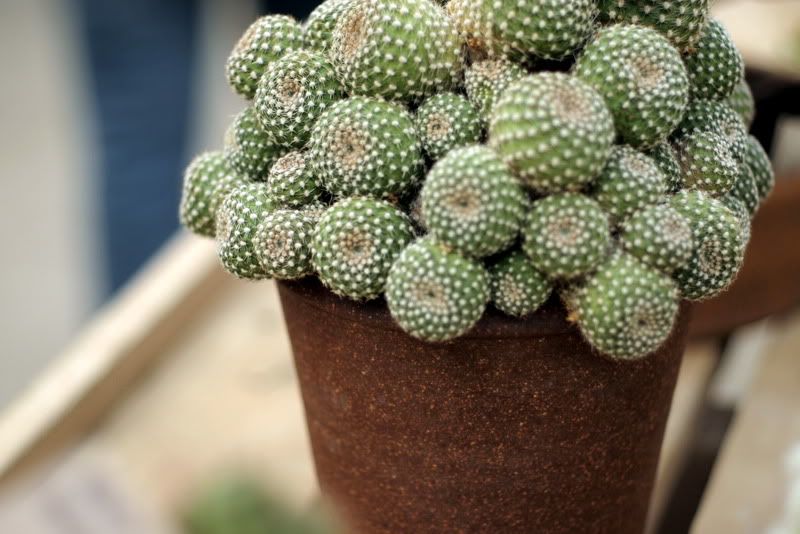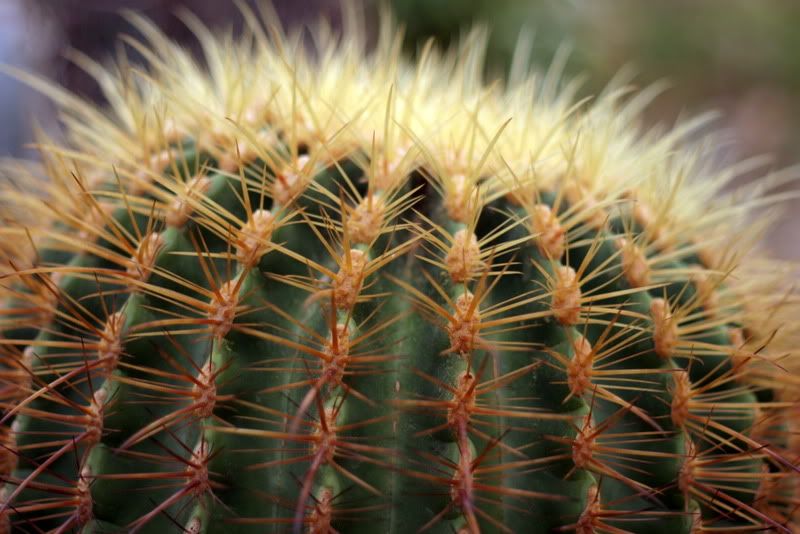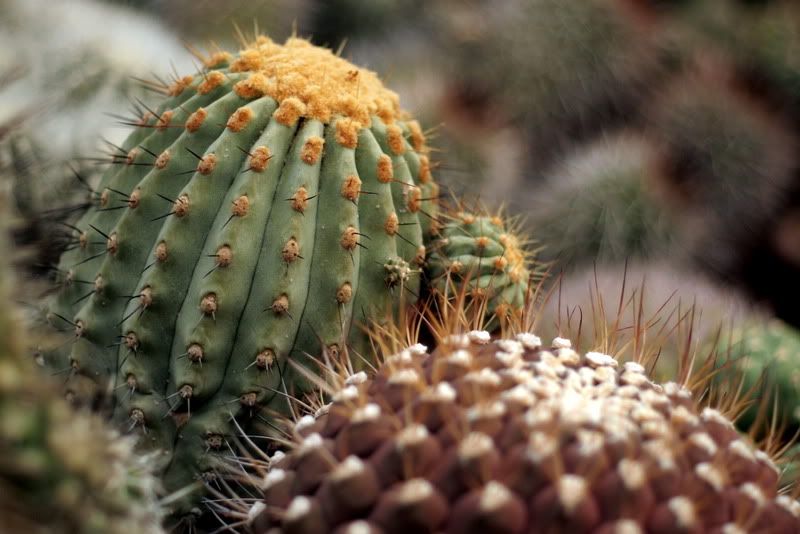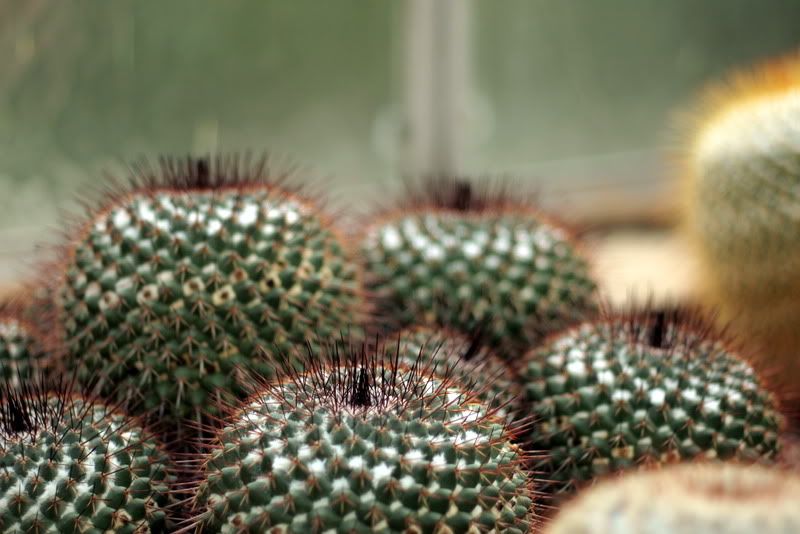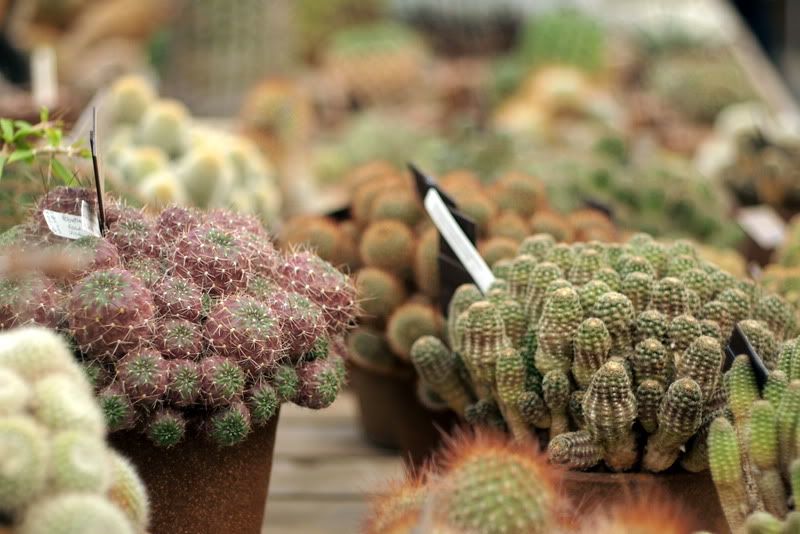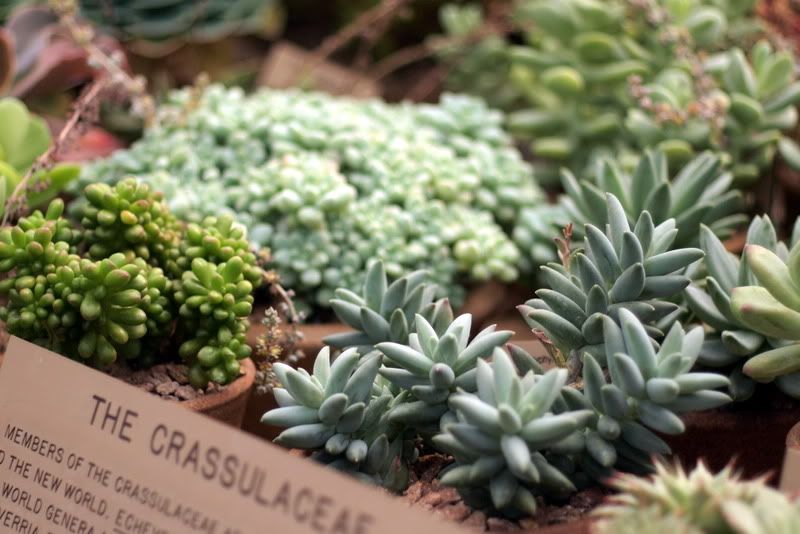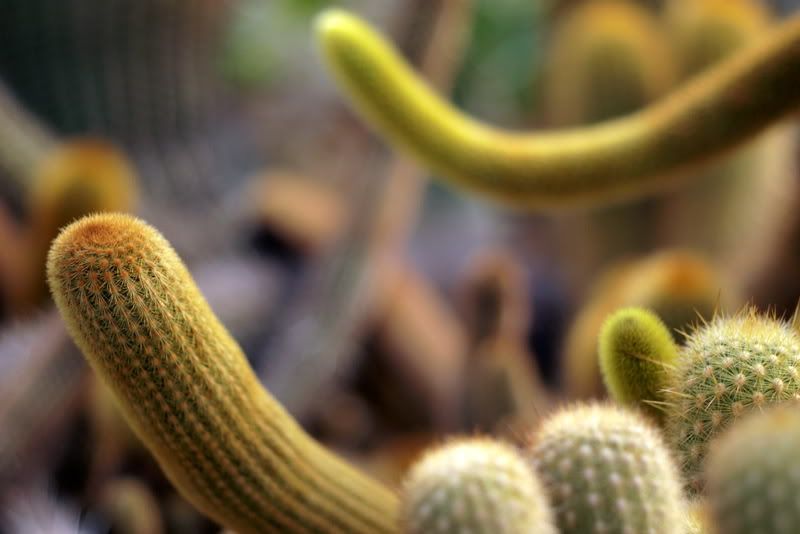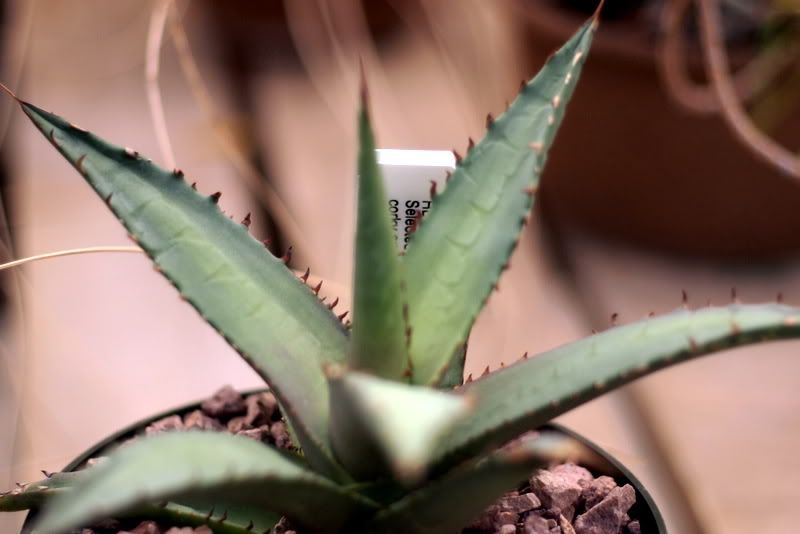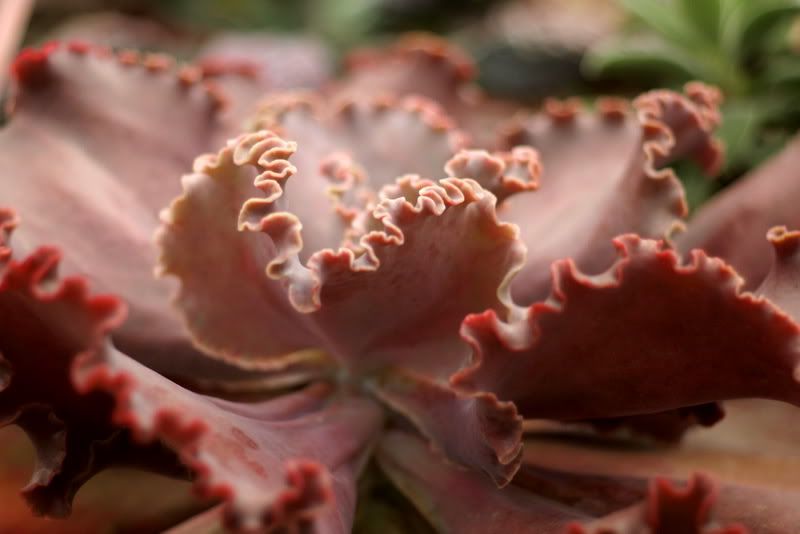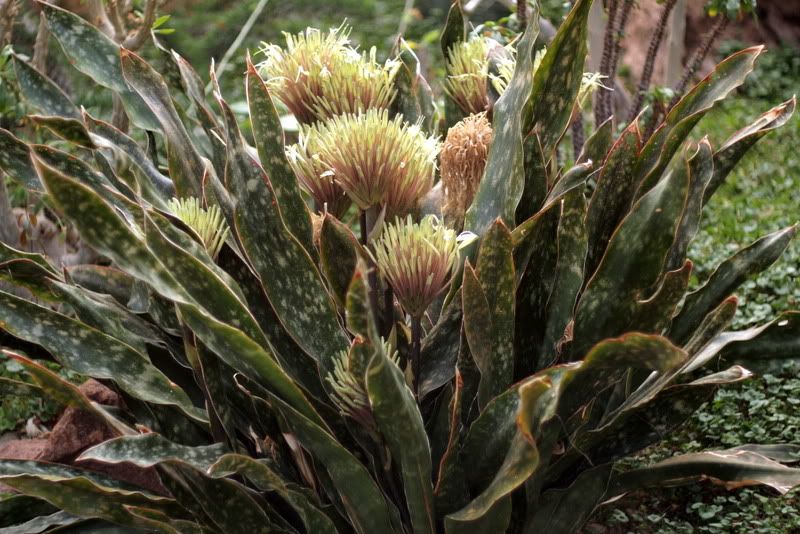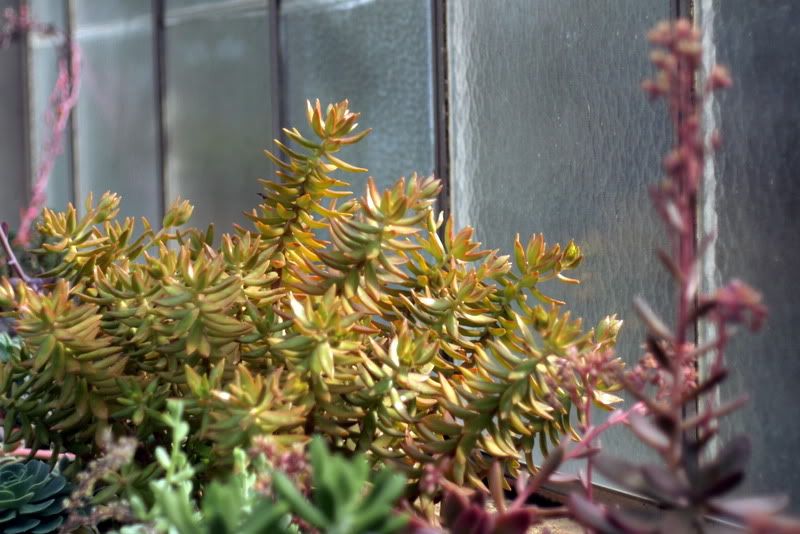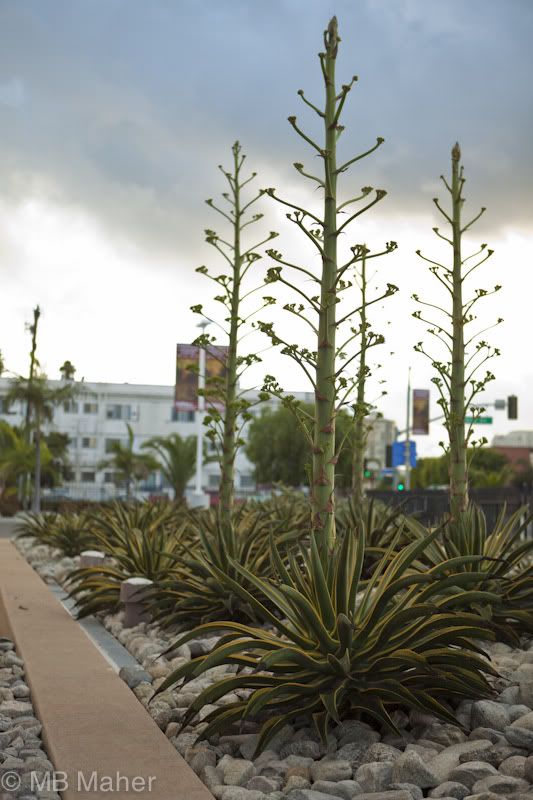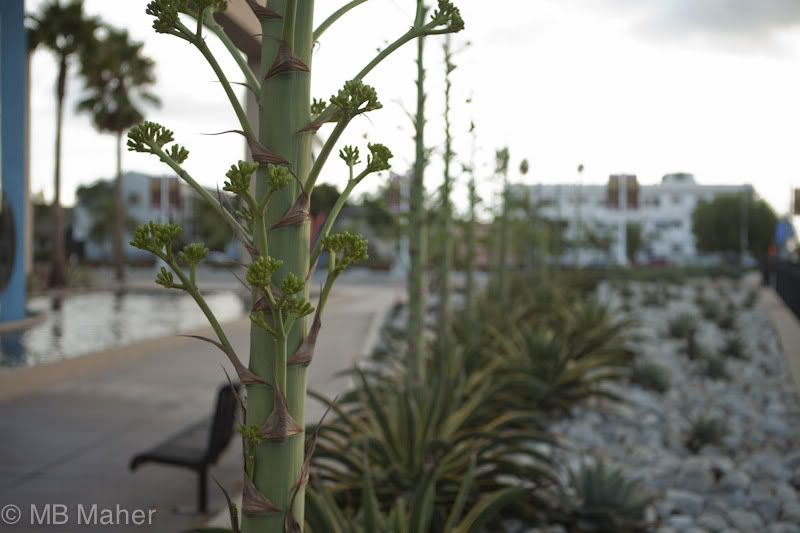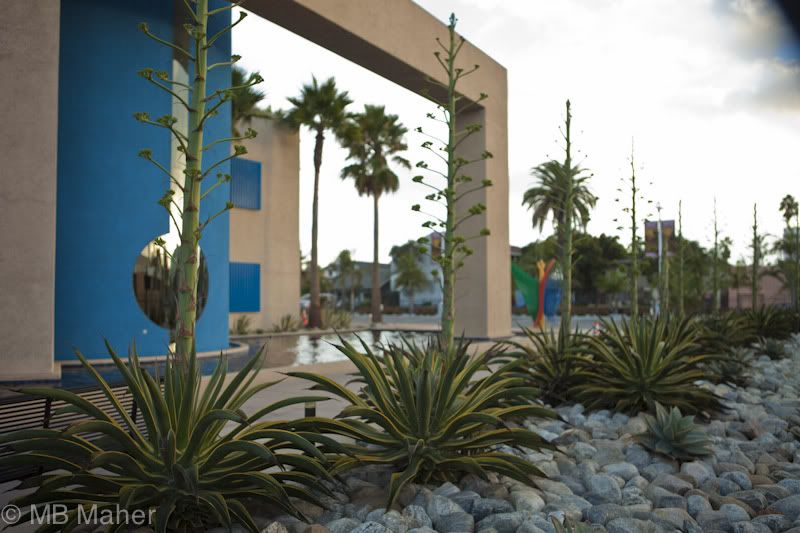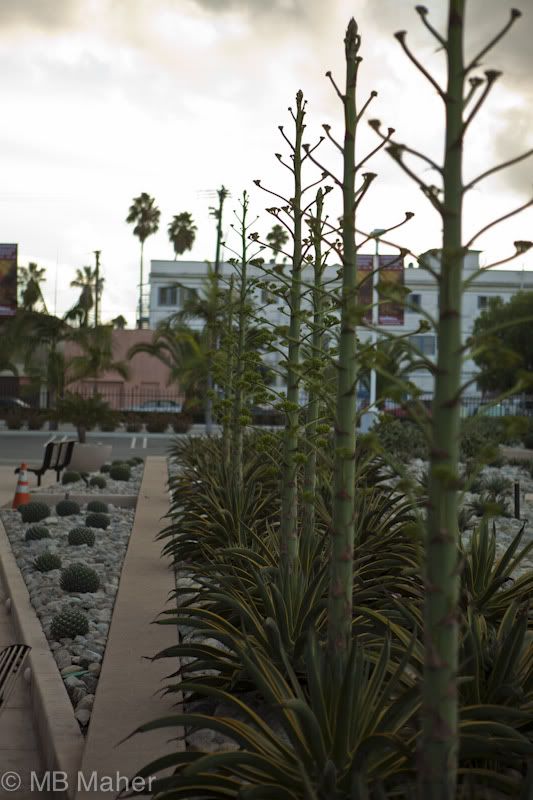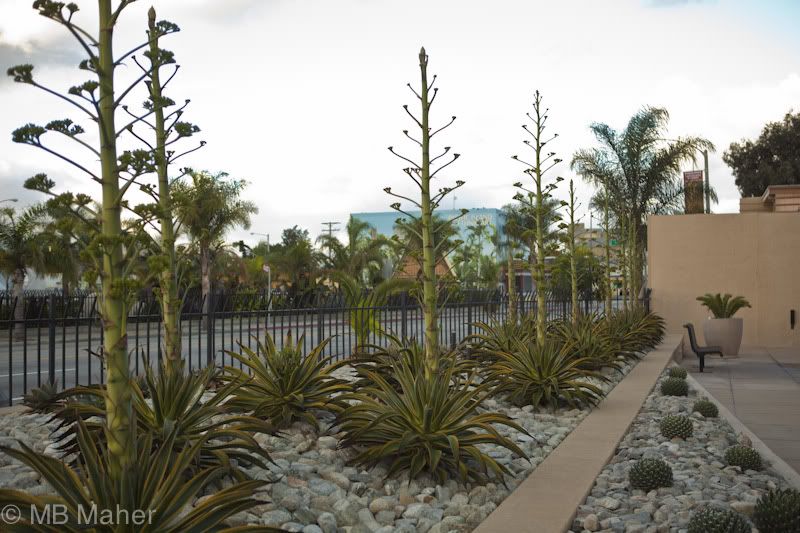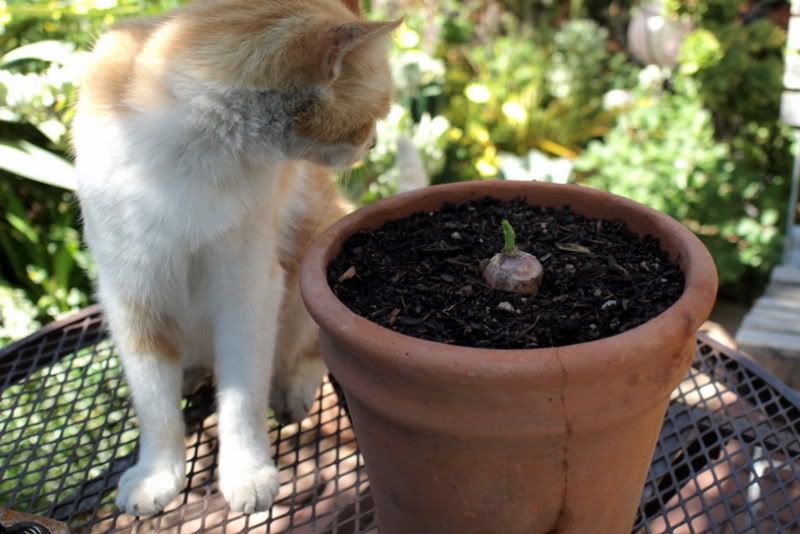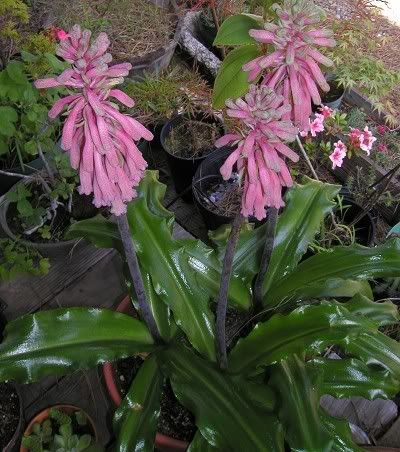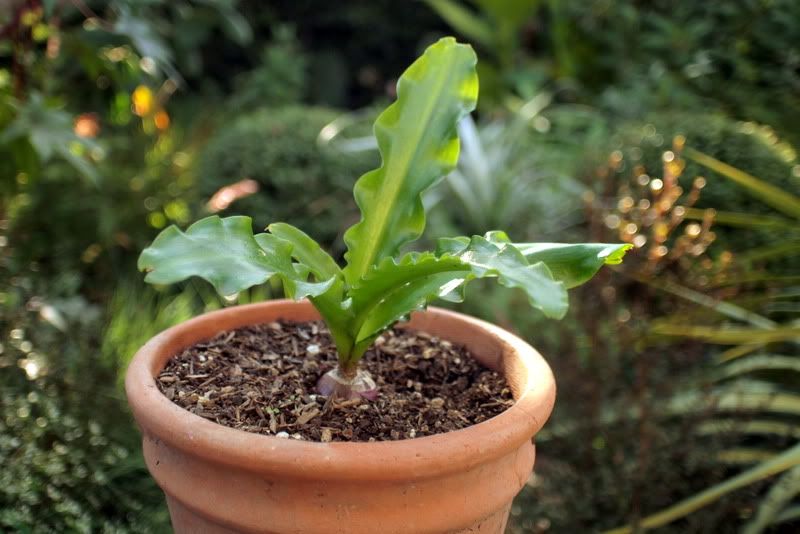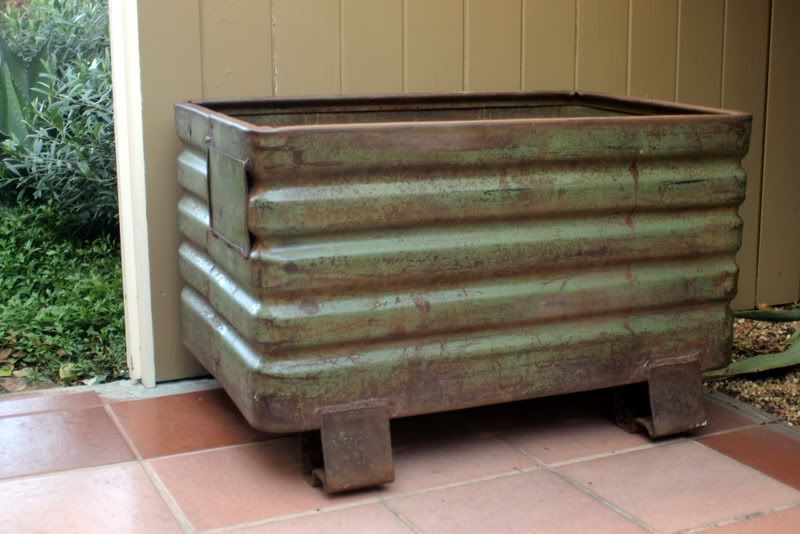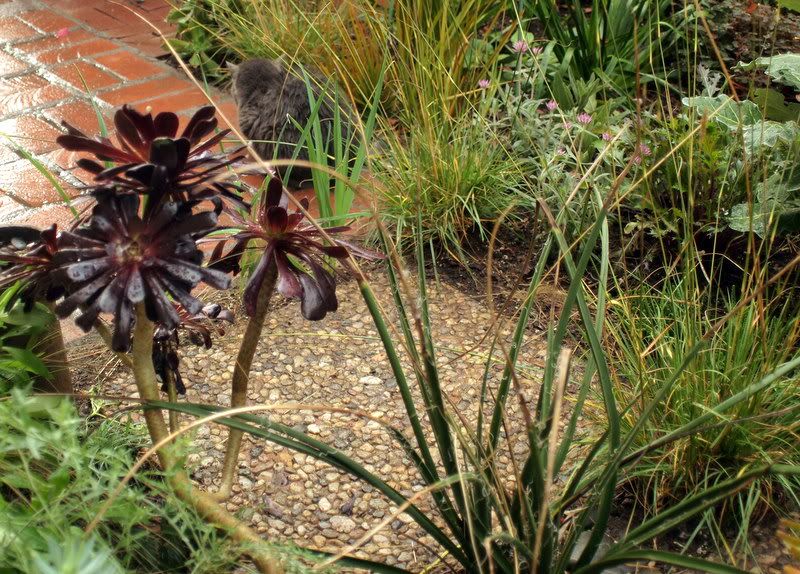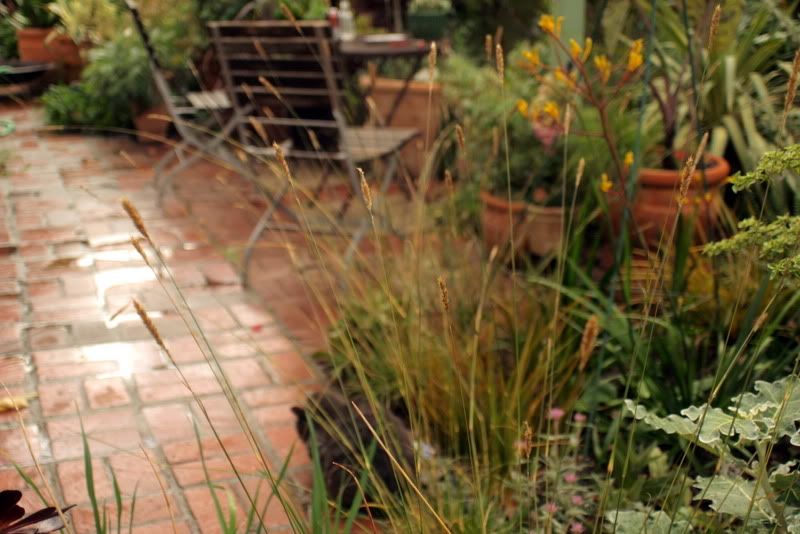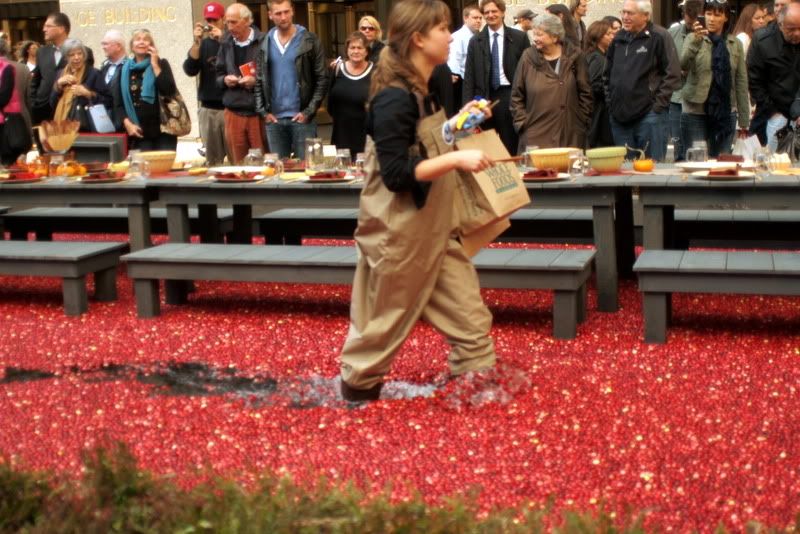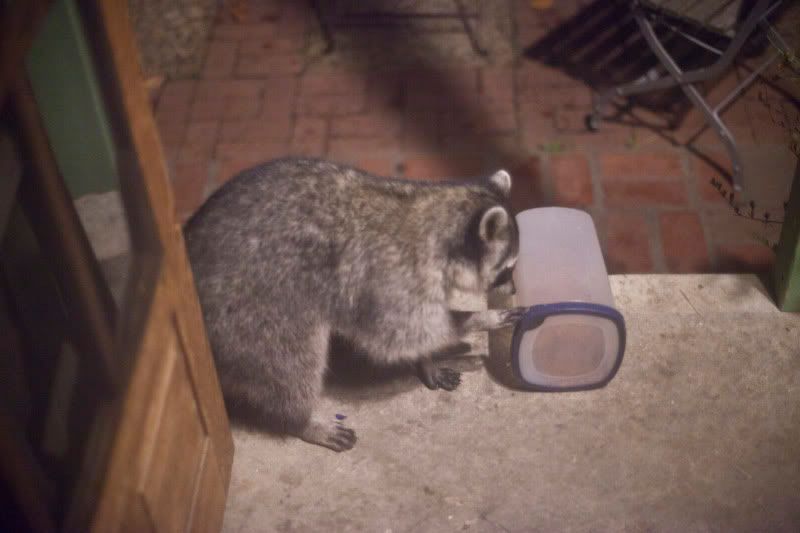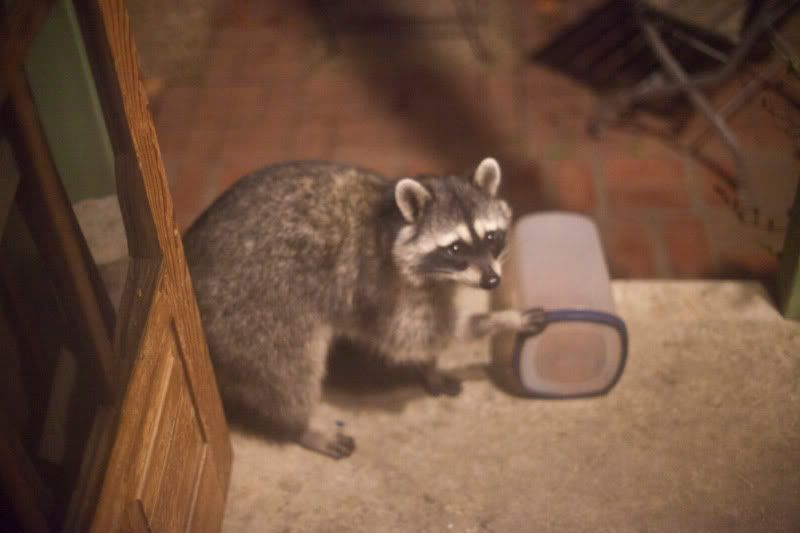Hosted by Pam at Digging, where we’re regularly treated to the best in Austin, Texas gardens.
I have to confess that it’s not just fall that brings leaves into prominence in my garden. Though I give it my best shot, flowers are increasingly incidental, verging on
rarities.
Euphorbia rigida and Sedum nussbaumerianum.
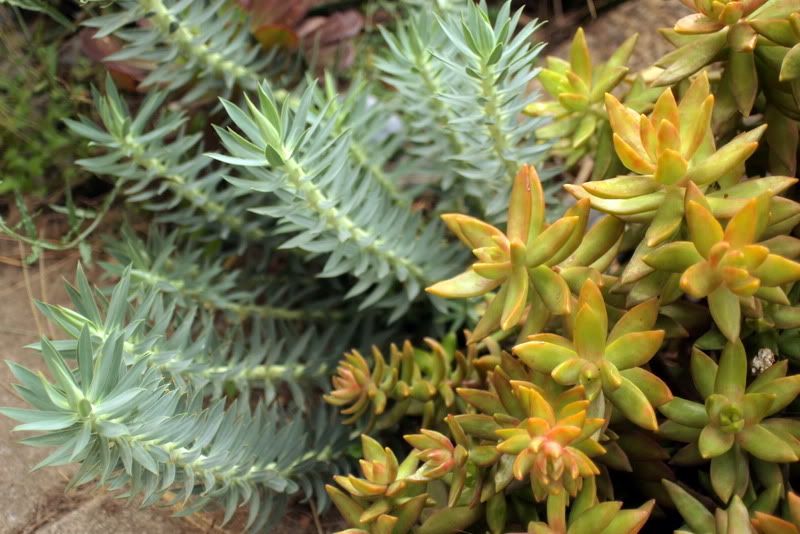
I’ve photographed this sedum quite a bit, but couldn’t resist including it again today. This pair is the first thing I see entering my back gate. Arriving this morning from a before-dawn, 3-hour freeway commute, they were balm for road-tired eyes. The euphorbia was planted over the summer. The sedum is a large, established clump that acts like a traffic cone on a corner of the path from the back door to the office, guiding corgi paws along the prescribed route around the plantings and eliminating the temptation to cut corners across the garden. I have to say that this euphorbia right off the bat is a much better performer than E. myrsinites for me, which is slightly similar but has a more sprawling habit of growth. This E. rigida is now my go-to spurge, and I plan to grow lots more of it.
A couple feet away from the euphorbia and sedum, deeper into the garden bed, is this purple mizuna, a kale with heavily dissected leaves and red stems, planted just over the weekend. I asked for a volunteer taste-tester to sample it before sprinkling a few well-washed leaves into some chicken soup. “Tastes like caterpillars.” No, I didn’t ask a child’s opinion but a grown, seemingly adult man’s. (Doesn’t taste like caterpillars at all, unless they happen to be mildly peppery.)
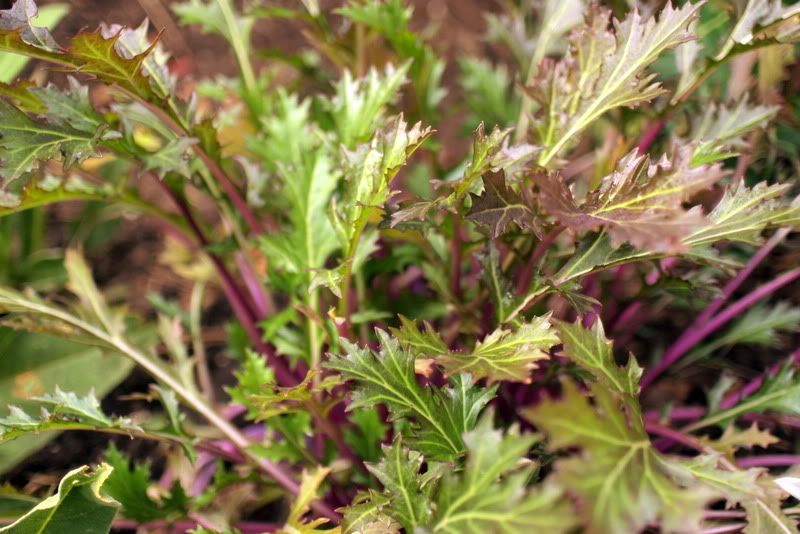
Agave desmettiana under siege from Senecio vitalis. I like my plants grown tight, but this is getting scary. I do think the fact that this is one of my least scarred agaves is due to the physical protection it gets from the Blue Chalk Fingers, which will be trimmed away more and more as the agave gains size.
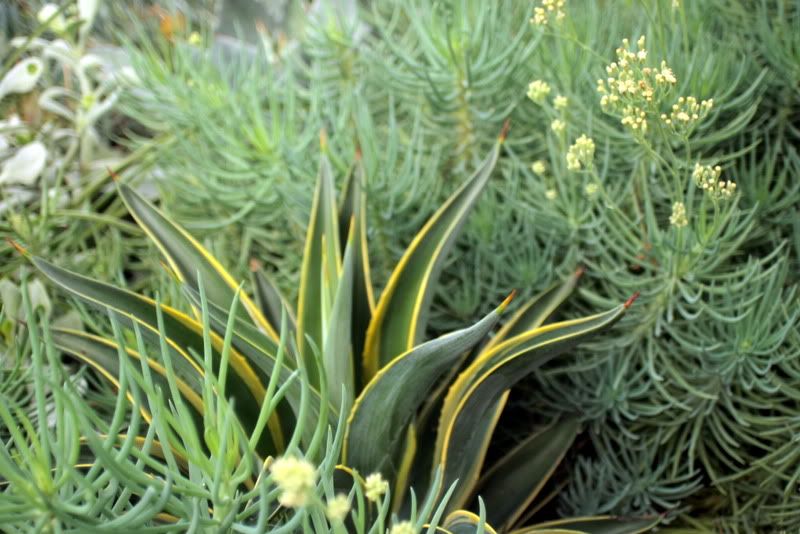
Arundo donax ‘Golden Chain,’ planted this fall.
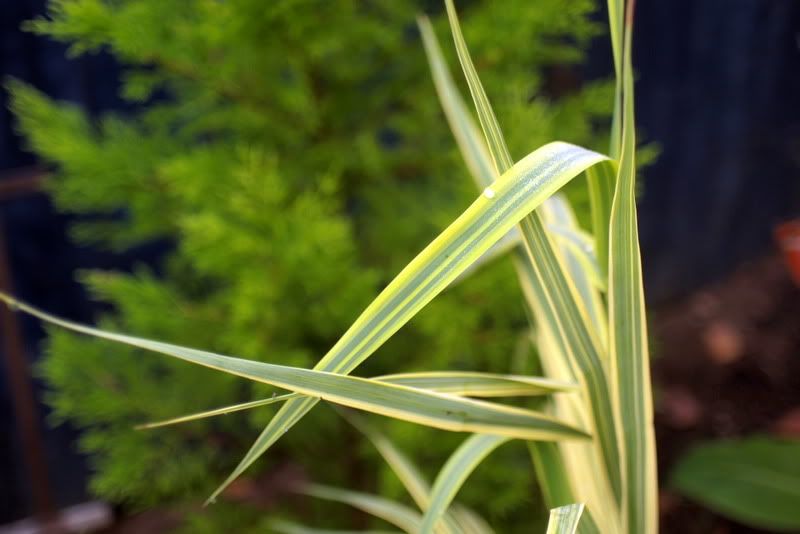
Linnaeus help me, I’ve misplaced the name of this succulent. I’ll find it and edit it in later. A fabulous one. Must be a grapto-something.
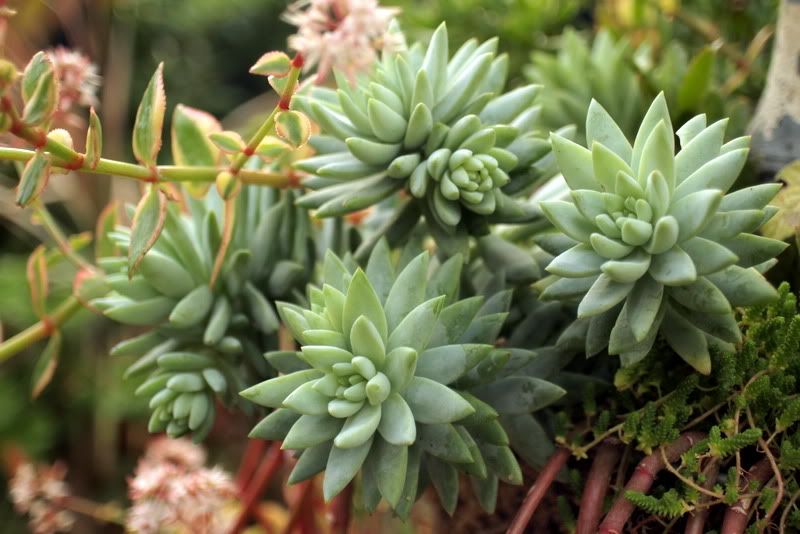
A very elegant, lemony coprosma, a golden form of C. areolata.
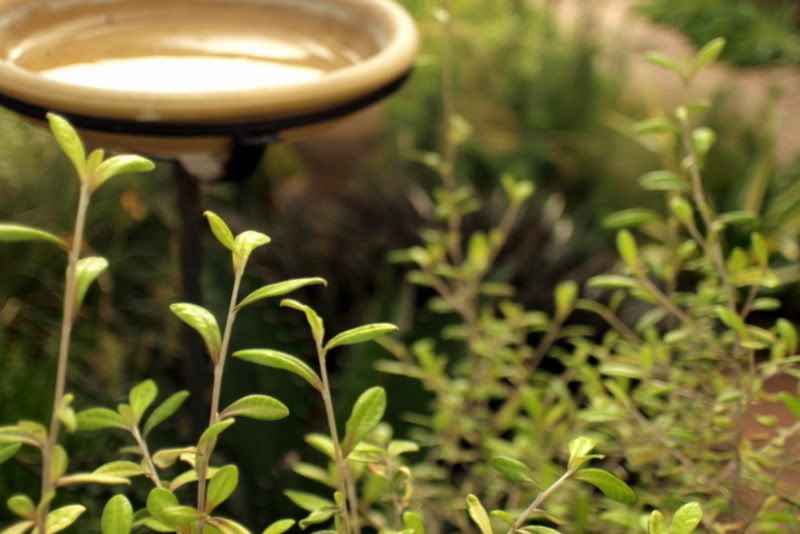
Echeverias and aloes.
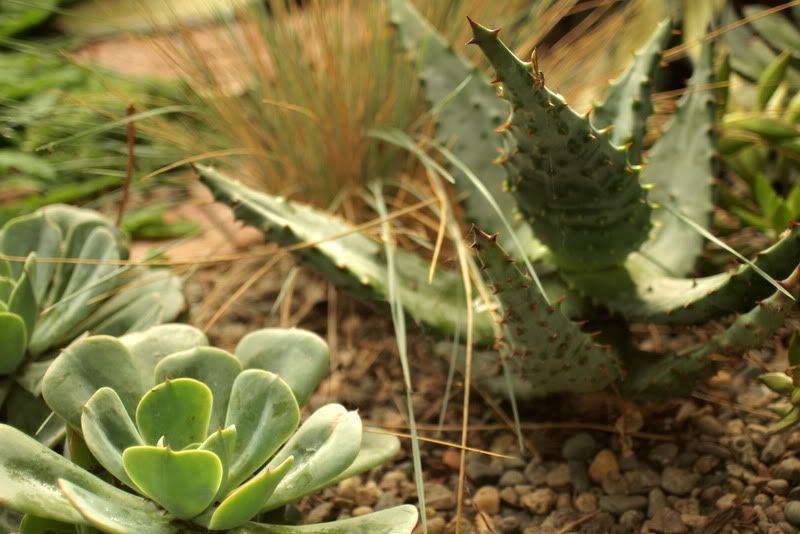
Graptoveria, Senecio mandraliscae, Oscularia deltoides with the little blue leaves and pink stems.
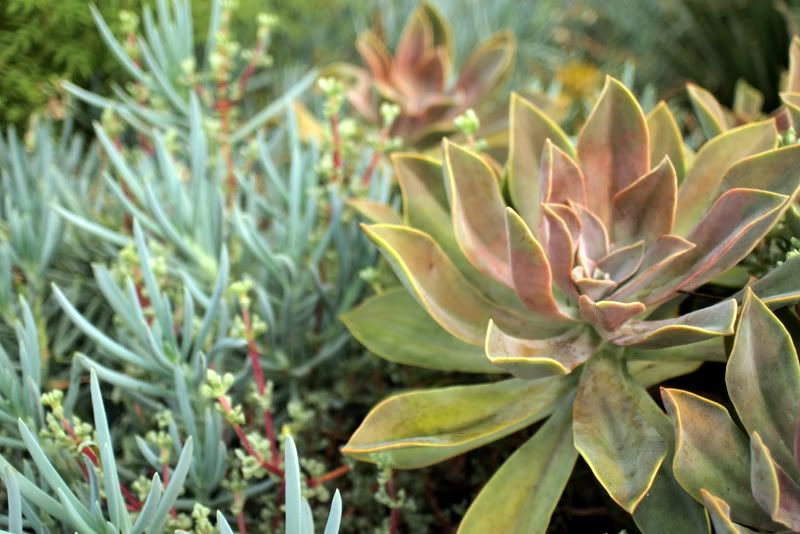
A species leptospermum from Strybing Arboretum, unlabeled, showing fresh growth.
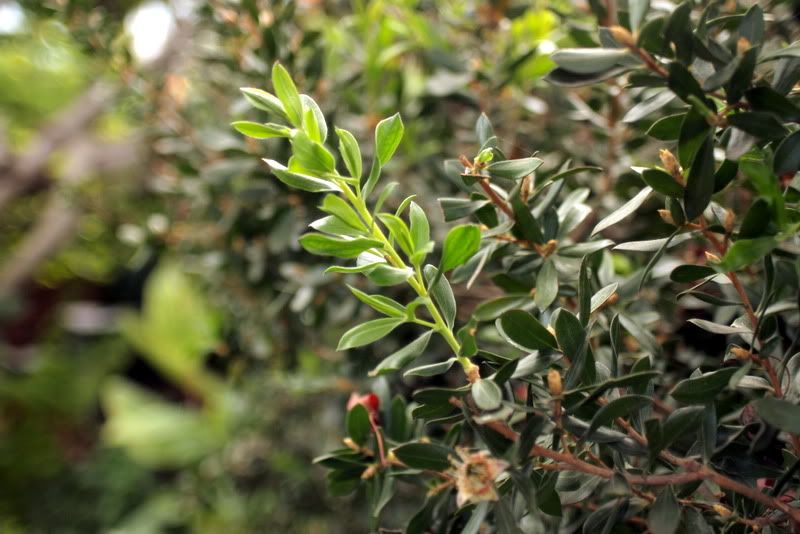
The New Zealand leptospermums used to be such fashionable plants in Southern California, now slightly out of favor. Wonderfully sharp, peppery smell to their myrtle-like leaves. They have a romantic, windswept habit of growth that now is often meatball-pruned into submission. It is fascinating how plants dip in and out of fashion, and how when they’re out of fashion, invariably the secateurs get sharpened.
No time to explore that today, but for some wry observations on the foibles of fashion, it doesn’t get any more cutting than the Kinks’ A Dedicated Follower of Fashion.
(No idea why Harrison Ford is included in the video. “Carnabetian” refers to Carnaby Street, a London shopping district.)
